Sora 2: Breakthroughs, Backlash, and Blurring the Line
You’ve likely noticed a rise in the number of AI-generated videos making their way onto your social media pages. This has been a growing concern for many. What does this mean for the future of the internet? Who makes the money off these videos? But most importantly, how can I ever again trust what I see online?
For now, the vast majority of these videos are relatively harmless: funny parodies of your favorite historical characters or altered episodes of popular cartoons. But as these videos become more prevalent and capable, what is to stop them from being used by bad actors? On a local level, this technology can be used to create fake videos of someone in your community that are then spread to ruin their reputation or even blackmail them. On a national or global level, this technology can be used to create fake news events to spark panic or alter political interviews to create outrage. All these concerns have been accelerated with the rollout of Sora 2.
It has now been a little over a week since OpenAI rolled out its latest text-to-video endeavor, Sora 2, on September 30, 2025. Sora 2 builds on its predecessor by generating up to 60-second videos with synchronized audio, enhanced physical realism, and better controllability, all from just text prompts. Integrated into a new app that combines creation tools with social sharing features, it quickly climbed to the top of app store charts, amassing over a million downloads in record time. Users can remix content, scroll through feeds of AI-generated videos, and share them across platforms, blending creativity with community in a TikTok-like experience.
However, the launch was not without issues. Early access was invite-only. OpenAI included disclaimers noting that all content is AI-generated, but this has done little to curb the flood of "AI slop"—low-effort, hyper realistic clips that blur entertainment and deception. Rather predictably, within days, reports emerged of problematic outputs, including violent scenes and racist caricatures, despite built-in safeguards.
In response to mounting copyright concerns, OpenAI CEO Sam Altman announced on October 9 a policy shift: creators can now manually opt out of having their likenesses or content used in Sora generations via a dedicated portal. They also released reports on their efforts to curb malicious uses, detailing disruptions of over 500 harmful prompts, including election-related deepfakes and fraud schemes. Mandatory watermarks and metadata are now enforced on app outputs, but social media demos show these can still be bypassed or ignored in viral shares.
These updates have done little to alleviate the most obvious fears. Misinformation remains a top worry, with Sora 2's realism enabling "deepfakes on steroids." The OpenAI transparency report notes a rise in detected hoaxes, from fabricated protests to celebrity scandals, amplifying risks to elections and public trust.
Privacy vulnerabilities, including revenge porn or identity theft via personalized videos, add to the alarm. Economically, filmmakers and artists worry what this means for their future, where low-cost AI clones undercut jobs and original content incentives.
As AI video creation, led by tools like Sora 2, becomes ever more seamless and hyper realistic, how can we combat the growing blur between what's real and what's fabricated online? What does this mean for video evidence in a court of law, where manipulated clips could sway justice or sow doubt?
Some propose a robust digital identity system tied to biometrics as a solution. Here at SIFDF, we view this as a dangerous overreach, trading one problem—misinformation—for another: invasive surveillance and eroded privacy. Such systems risk creating more issues than they resolve, undermining individual autonomy in the name of security.
AI detection tools, while promising, feel like a perpetual cat-and-mouse game. Despite advancements, like classifiers that spot subtle visual artifacts with 90% accuracy, bad actors continually adapt, making long-term success uncertain. A more immediate fix lies in embedding mandatory metadata and watermarks into AI-generated videos at the point of creation. Paired with social platforms' ability to verify and label content, this approach could help stem the tsunami of AI "slop" flooding our feeds, at least for now. Yet, as Sora 2's technology spreads, bypassing these safeguards becomes easier, especially with open-source tools lowering the barrier to misuse.
In essence, the AI video genie is out of the bottle, and its trajectory remains uncertain. While we can't halt Sora 2's momentum, we can reshape its path through informed vigilance, collaborative standards, and advocacy. Solutions like blockchain-based provenance tracking, which verifies a video's origin without compromising privacy, offer hope for distinguishing truth from fiction. At SIFDF, we're committed to exploring these paths, championing digital literacy, and pushing for ethical AI frameworks to ensure tools like Sora 2 enhance rather than undermine our digital futures. The challenge is daunting, but by fostering dialogue and innovation, we can strive for a world where creativity thrives without sacrificing trust.
